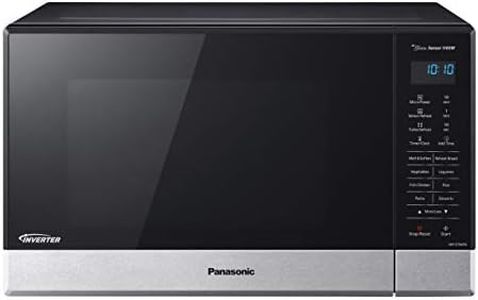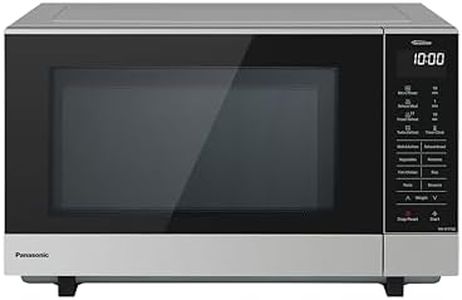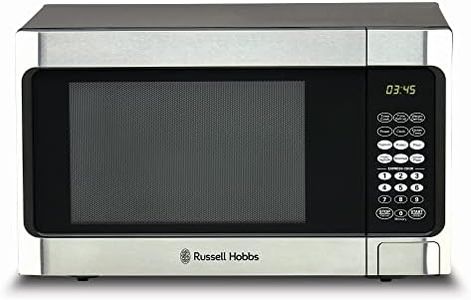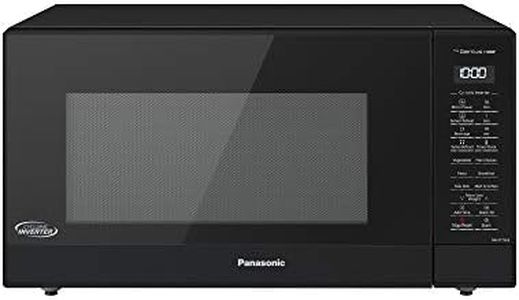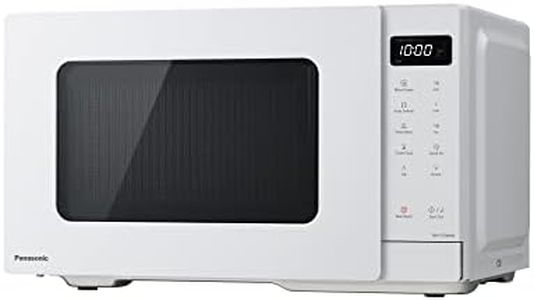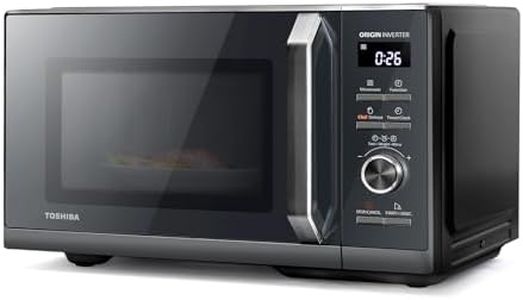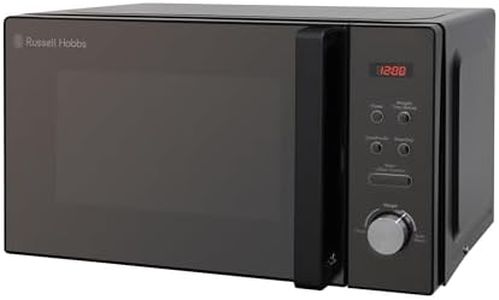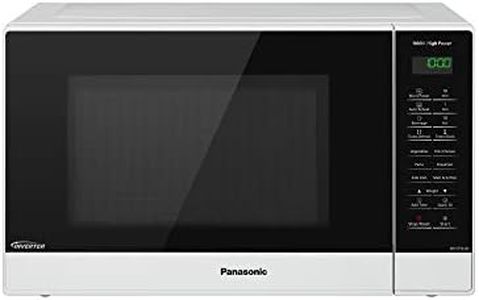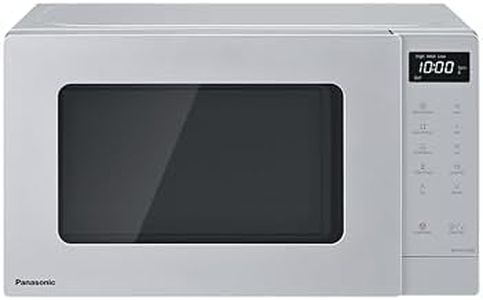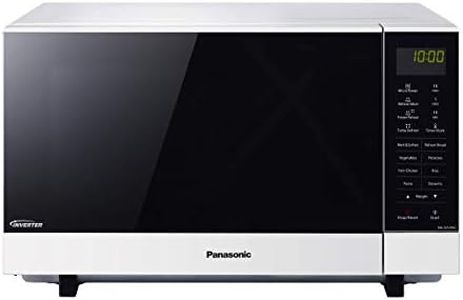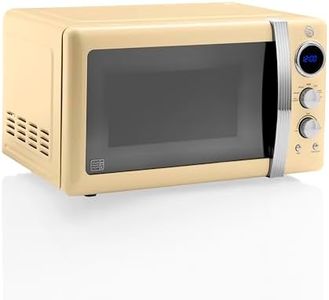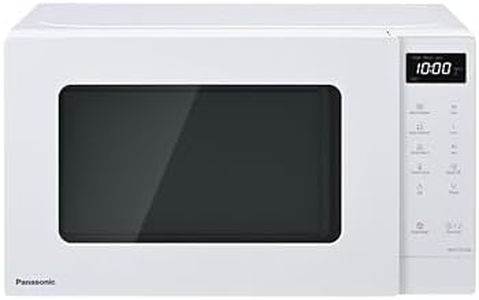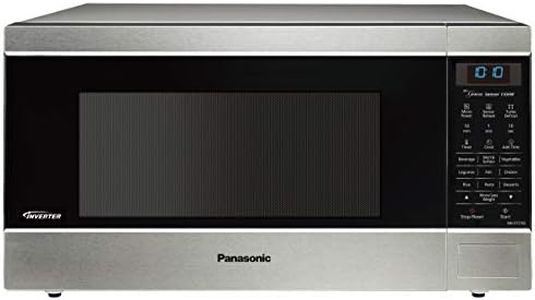We Use CookiesWe use cookies to enhance the security, performance,
functionality and for analytical and promotional activities. By continuing to browse this site you
are agreeing to our privacy policy
10 Best Countertop Microwaves
From leading brands and best sellers available on the web.By clicking on a link to a third party's website, log data is shared with that third party.
Buying Guide for the Best Countertop Microwaves
Choosing the right countertop microwave can make your everyday cooking and reheating tasks much more convenient and efficient. When shopping for a microwave, it's important to consider how you plan to use it—whether it's for simple reheating, cooking full meals, or just the occasional snack. Understanding the different specifications will help you select one that fits your kitchen space, routine, and lifestyle needs. Let's break down the key specs you should look at and how they relate to your microwave experience.WattageWattage refers to the microwave's power, usually measured in watts, and it essentially determines how quickly and evenly your food will cook. Higher wattage (typically 1000 watts or more) means faster cooking and better performance for larger or denser foods, while lower wattage (around 600-900 watts) may be slower and more suitable for basic reheating. For users who frequently cook meals or heat larger portions, a higher wattage is ideal. If you mainly use the microwave for drinks or small snacks, lower wattage may suffice.
CapacityCapacity measures how much space is inside the microwave, often listed in cubic feet or liters. Small models (around 0.5 to 0.9 cubic feet) are handy for compact kitchens, dorm rooms, or for single users. Medium microwaves (about 1.0 to 1.5 cubic feet) suit small families or those who need a bit more space. Larger microwaves (1.6 cubic feet and above) are best for families or users who often heat big dishes or containers. Consider the sizes of the dishes you plan to use most often to pick the right capacity.
Turntable Size and TypeThe turntable is the rotating glass plate that ensures even cooking by spinning your food. Its diameter affects the size of plates or bowls you can use—larger turntables (12 inches or more) can handle bigger dishes, while smaller ones restrict you to compact containers. Some microwaves also have a removable or special-design turntable; if you often use wide or oversized plates, a larger or removable option adds convenience.
Preset Cooking FunctionsPreset cooking functions are automatic settings for common tasks like popcorn, pizza, beverages, or defrosting. These save time and effort by adjusting power and time for you. Basic models may offer just a few presets, while more advanced ones have specific settings for a range of foods. If you want simplicity and consistency, especially for popular foods, choose a microwave with the right presets for your needs.
Controls and DisplayThe control panel can be touchpad or dial-based and the display shows cooking times and settings. Look for intuitive, easy-to-read controls, especially if you have vision or dexterity considerations. Some displays are bright and simple, others show more detailed info like sensor feedback or step-by-step instructions. Gauge your comfort with technology—those preferring simplicity may choose dial models, while tech-and-trick lovers may like more advanced touch or digital displays.
Sensor CookingSensor cooking uses sensors to monitor moisture and temperature, automatically adjusting cooking times for improved results. This feature is important for users who want consistent reheating or cooking without guessing times and power levels. If you frequently heat leftovers or cook fresh foods, sensor cooking can be a useful, time-saving option.
Exterior DimensionsExterior dimensions (length, width, height) describe the physical space the microwave will take up on your countertop. Measure your available counter space before shopping, and be sure to allow for ventilation space all around. If your kitchen is tight, look for more compact models; if space is no concern, you can opt for larger units with more features and capacity.
Child Lock/Safety FeaturesChild lock or safety features prevent accidental use, especially important in homes with kids. This may be a button combination that locks the control panel or a mechanical safety mechanism. For households with curious children, a microwave with child lock ensures peace of mind.
